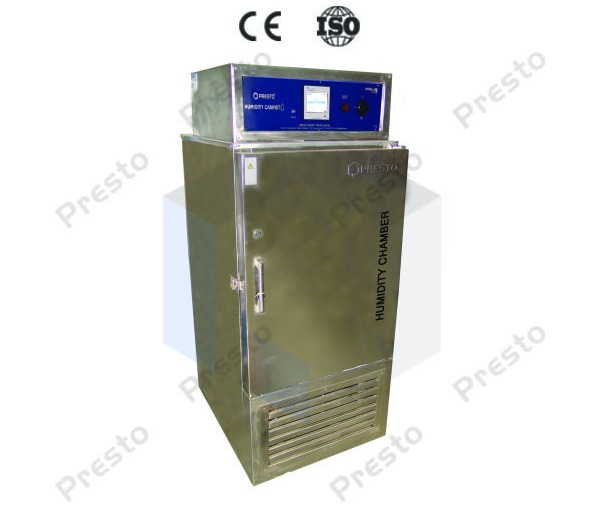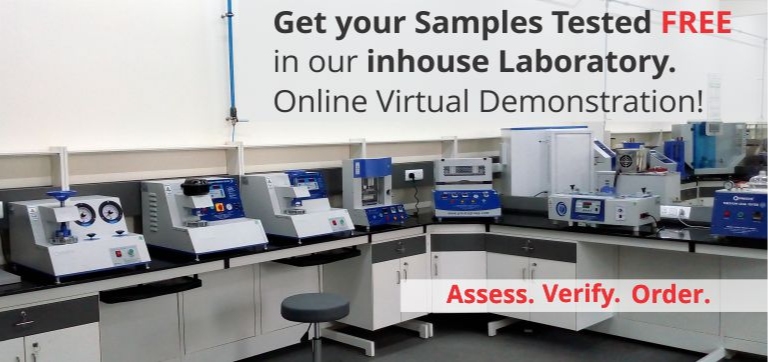Why are Environmental Tests Important for Electronic Circuits?

An electronic circuit comprises of multiple components, some of them are heat sensitive while other are cold sensitive. This is why their operating conditions are clearly mentioned. Apart from hold and cold conditions, these circuits are sensitive to other environmental conditions like humidity, thermal shock, vibrations etc. Although, electronic circuits often have components like heat sink and fans to dissipate heat and other protective components to save the module from the damage. It takes a lot for design engineers to craft an excellent product that performs well even after prolonged use. Quality check team ensures their working capabilities, but are these instruments really being tested for different environmental conditions?
You cannot restrict the user from visiting places or restricting the use of gadgets to certain climatic conditions. Let’s take the example of cell phones. The user would visit extreme hot conditions, he would go to coastal areas, he would go to snow-capped valleys or for trekking at high altitude. In all these places, he would not buy separate handsets according to climatic conditions. So, his device should withstand all the climatic conditions, even after protracted use.
Environmental testing plays a major role in the electronics industry. Humidity chambers – Prima Series, hot air oven, etc. are a common sight in QC labs. These testing processes will help the quality managers to accelerate the ageing process to analyse the behaviour of the product after certain years of use. This helps in predicting the life cycle and failure of the product with respect to age and working conditions. As per the observations, the instructions and warranties can be issued to the end customer. Not only consumer electronics, electronic modules used in B2B applications are needed to be tested before incorporating in the application.
If done properly, environmental testing can help a lot in reducing the cost of the product. By analysing the behaviour in extreme conditions, the durability can be assessed. This minimises the risk of product failure, warranty, insurance and damage claims. By detecting the design flaws at an early stage, the product development can be controlled before starting the mass production. Failures that occur in controlled conditions are easy to work upon and rectify that using hit and trial method to identify the flaws. This would help a lot in identifying the root cause of the breakdown.
Presto offers different environmental chambers like humidity chamber – Prima Series, hot air oven, salt spray chamber and weathering chamber to understand the behaviour of electronic components in different working conditions.
you may also like
- The Ultimate Guide to Lab Testing Equipment: Ensuring Quality with Precision Instruments
- GSM Calculator Guide: How to Measure Fabric, Paper & Plastic Weight
- What Is a Gloss Meter? Working Principle, Uses & Benefits Explained
- Applications of Tensile Testers in Plastic, Metal & Rubber Industries
- How UV Chambers Help Manufacturers Beat Sunlight and Weather Challenges
Recent News
- Paper & Packaging Testing Instruments
- Paint, Plating & Coating Testing Instruments
- Plastic & Polymer Testing Instruments
- Environmental Testing Chambers
- PET & Preform Testing Instruments
- Color Measuring Testing Instruments
- View Entire Range Instruments

Catalogue 2023
Get information about new product launches, research, innovation and endeavors at Presto.
download Free Copy
Get a Quote


